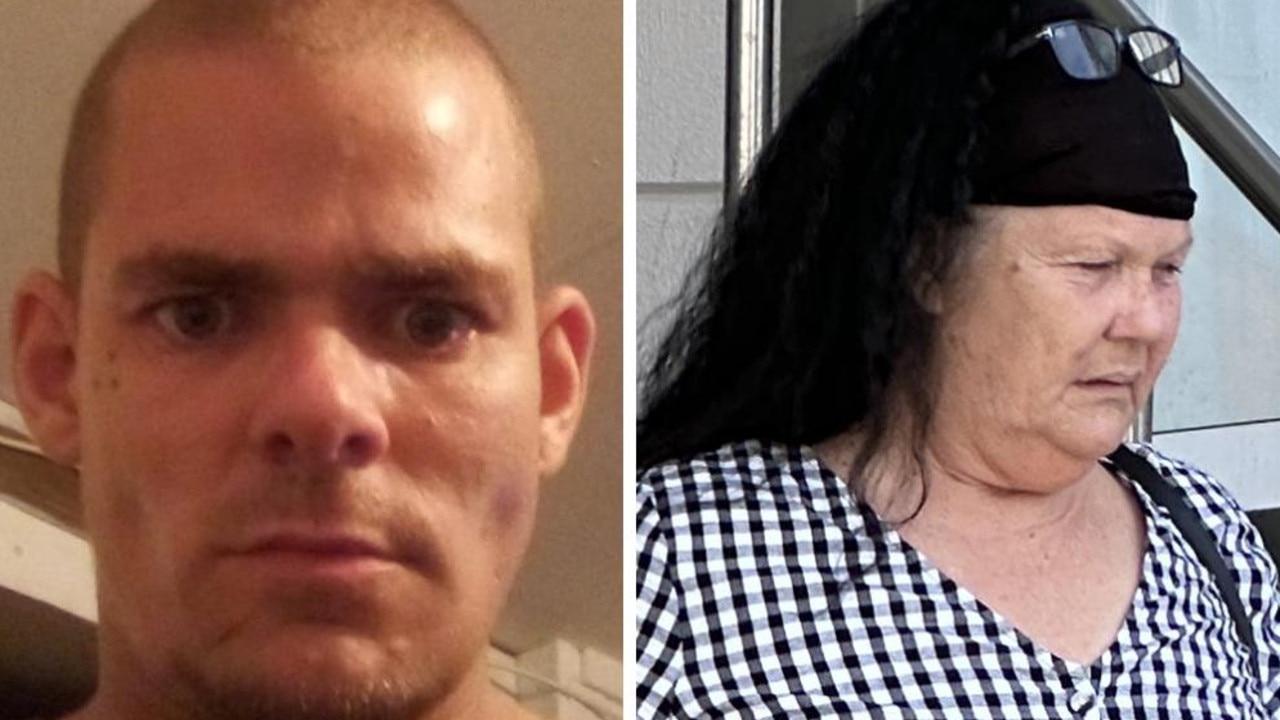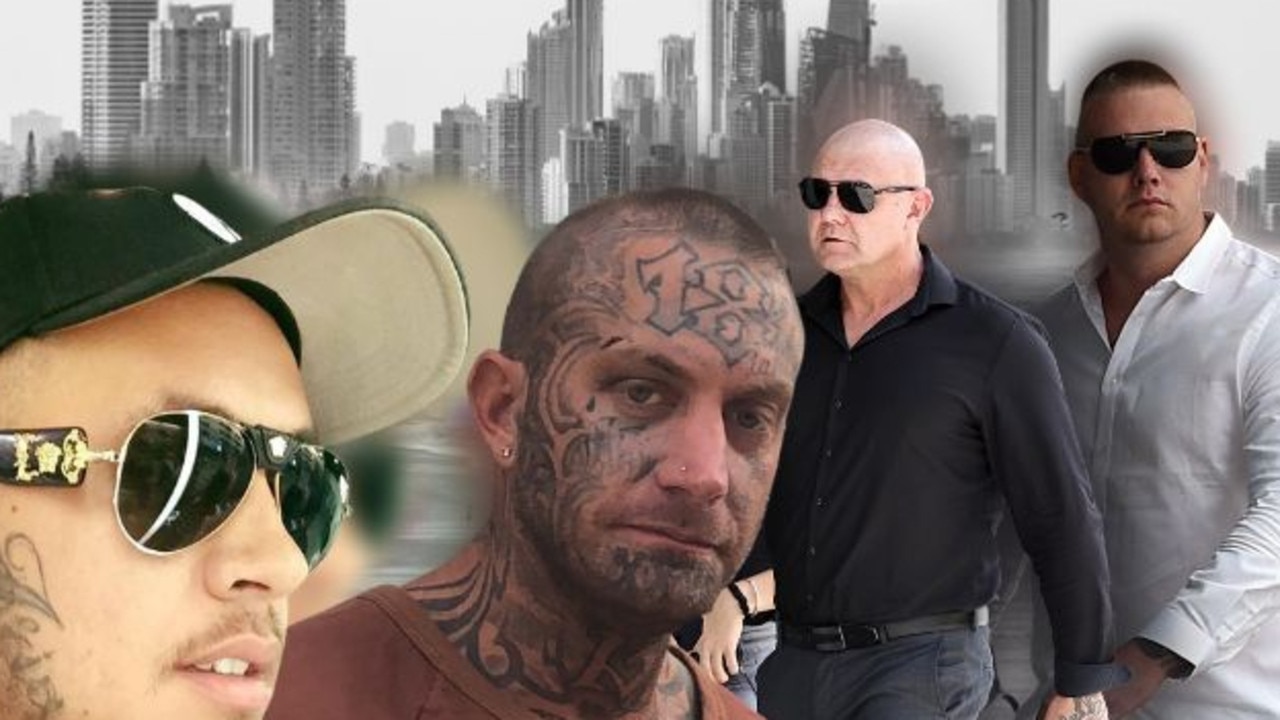How bikies make billions off cocaine from jungles of Colombia and Mexico to Australia
This is how bikies make their billions from cocaine, which is sold to Aussie mums and dads for hundreds of dollars through dial-a-dealers.
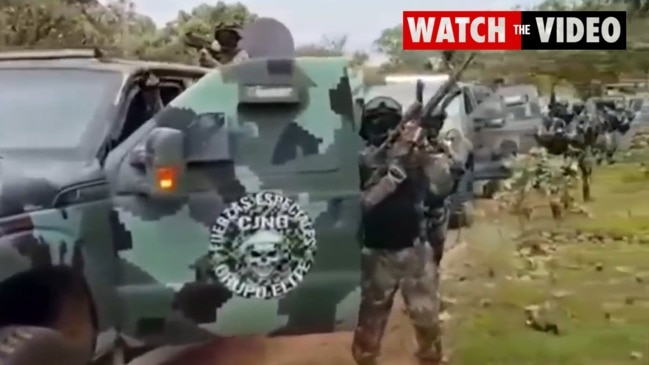
Bikies Inc
Don't miss out on the headlines from Bikies Inc. Followed categories will be added to My News.
In the jungles of Colombia, ‘cocadero’ farmers receive as little as $1.90 a kilogram to cultivate fresh coca leaf that’s turned into cocaine which Australians will pay $400 a gram for.
In the huge mark-up for the production of cocaine from leaf to street sale there are a dozen steps, hundreds of hands and megalitres of hydrochloric acid, kerosene and even parasitic worm treatment powder to cut in.
Then there’s the trucks, ships, aircraft or semi submersibles to complete the complex journey.
But that’s the economics of cocaine that has seen the likes of Comanchero associate Hakan Ayik and outlaw motorcycle cohorts drive a more than $11 billion illicit drug industry in this country that according to authorities is still growing at an alarming pace.
It has also seen Australia’s outlaw motorcycle gangs join some of the most notorious criminals in the world – from the fearsome Sinaloa cartel in Mexico to the ‘ndrangheta mafia in Italy whose alliances are only now being identified.
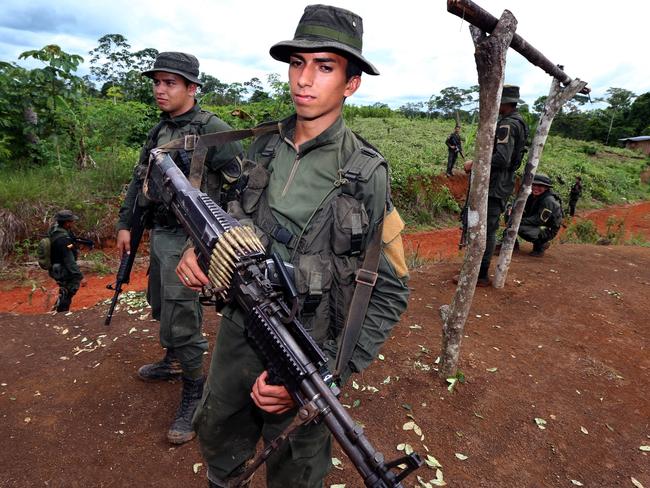
It takes up to 600 kilograms of leaf to make just 1kg of cocaine in a process that requires hand harvesting of leaf, turning it into paste before mixing with chemicals including kerosene, hydrochloric acid, sulfuric acid, potassium, sodium carbonate, acetone to name a few.
Once produced, its value begins to rise with every step.

At the marine police headquarters in Cartagena, Colombia there is a torpedo tube on display that was stuffed full of cocaine and welded onto the bottom of a container ship that authorities say was bound for Australia and its OMCG distribution network.
Mexican drug cartels Sinaloa and Cartel Jalisco Nuevo Generacion (CJNG) pay on average $3200 per kilogram to crop growers and another $10,000 to get the consignment onto the ports, as well as paying various corrupt handlers and officials before it is secreted aboard cargo ships.
Listen to Episode 1 of the Bikies Inc. podcast below:
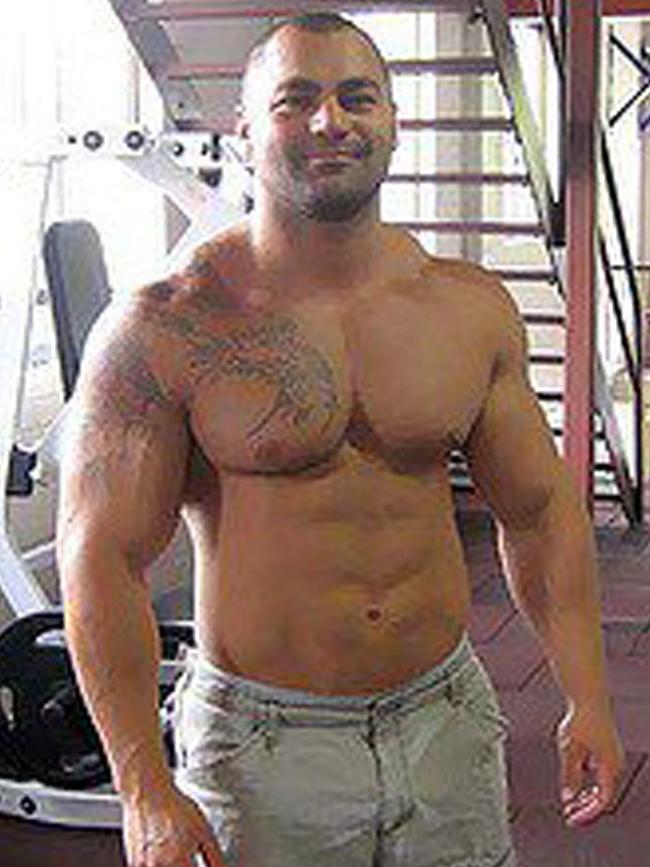
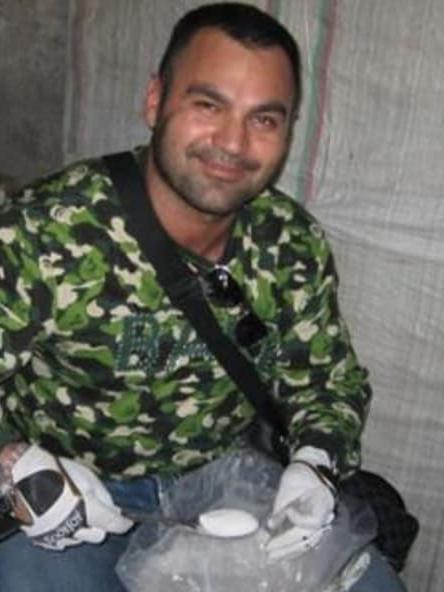
The drugs are then on-sold for $17,000 a kilo before being sold again with Australian gangsters paying significantly for the kilo that will then sell wholesale for at least $200,000 a kilo.
By the time the cocaine hits the streets, it will sell for between $400 and $500 a gram.
Australian Federal Police intelligence at one point last year pegged cocaine at selling for $750 a gram for the highest grade purity.

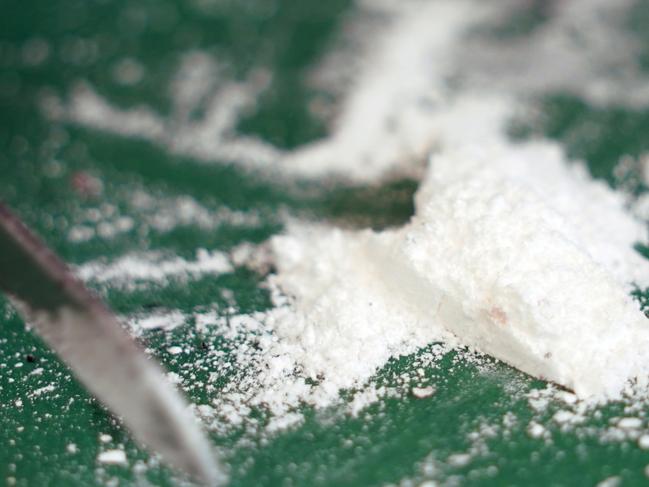
Prior to 2017, cocaine coming to Australia was cut with powders such as Levamisole used to treat worm infections in animals to bump volume. But since 2020 more than half of all cocaine entering the country had an 80 per cent purity and of the other half, 65 per cent had been cut with a adulterant.
It is suspected the top Australian gangsters OMCG will have the Mexican cartels ship 10 cocaine consignments at any one time and even if eight are seized by authorities, the two that will enter pay for the loss of the others albeit at a reduced profit.
“It’s just how the economics of cocaine and other illicit substances work, if you have a strong market you can maintain a high price and they may not like it but they can absorb the losses,” one Australian law enforcer said, speaking on condition of anonymity.
“We only seize a fraction of what comes in and while we have had great success in terms of seizures we know there is a lot more that we don’t get.”
Know more? Email crimeinvestigations@news.com.au
More Coverage
Originally published as How bikies make billions off cocaine from jungles of Colombia and Mexico to Australia



